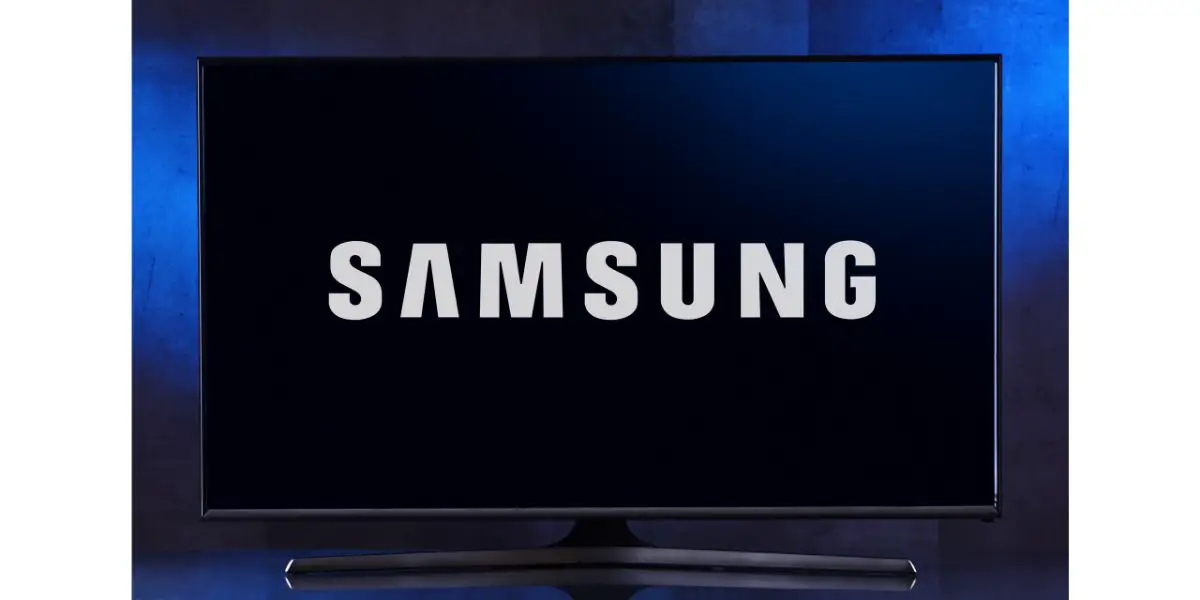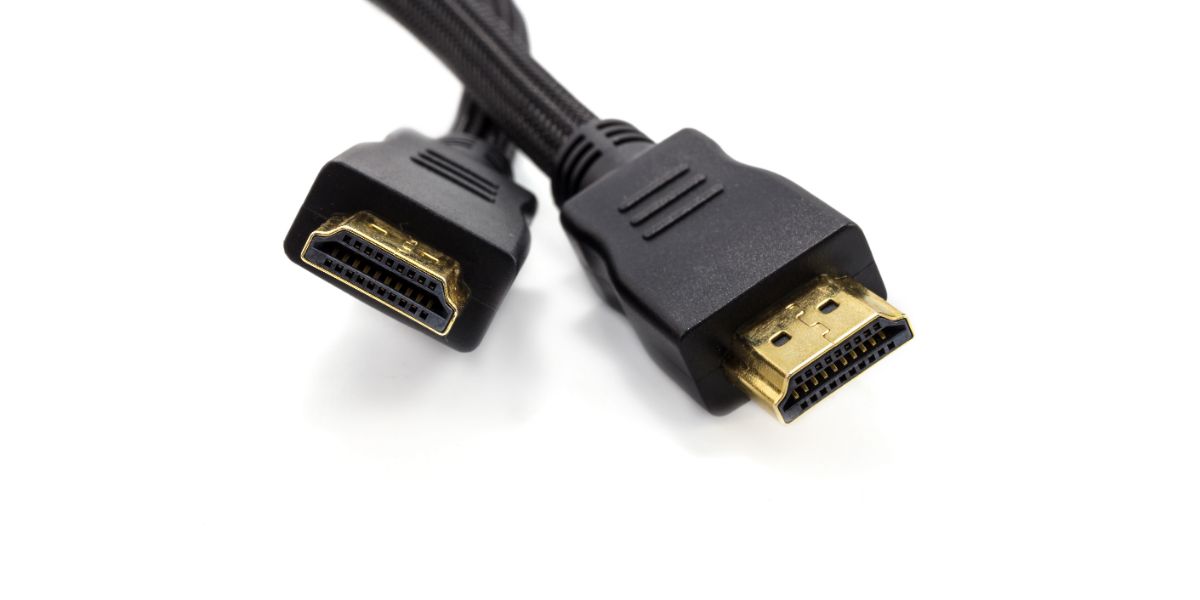Disclaimer: This post may contain affiliate links, meaning we get a small commission if you make a purchase through our links, at no cost to you. For more information, please visit our Disclaimer Page.
For 17 years, Samsung has dominated the TV market. That’s a long time to sit atop anything, much less something as enormous and diverse as the TV market. However, that doesn’t mean Samsung TVs are entertainment perfection. They have their fair share of problems as well.
In this specific instance, it’s the “Mode Not Supported” error message, which is a message you only get when it’s associated with a connected device. In layman’s terms, the TV (either temporarily or permanently) doesn’t support the connected device.
While it sounds fairly innocuous on paper, it happens to be one of the more frustrating error messages you can get. After all, it usually pops up when trying to play a game on a console or watch a Blu-Ray. All is not lost, however, and we’ll walk you through some steps you can take to rectify the issue.Table of Contents
5 Potential Fixes to “Mode Not Supported” On Samsung TV
1. Switch to Another HDMI Port
Unless you have a Samsung TV that’s pretty old and still kicking, you probably have multiple HDMI ports back there. Nowadays, Samsung TVs come with various ports, with the HDMI being one of the most important, necessitating multiple ports.
When you get the “Mode Not Supported” message, for whatever reason, the Samsung TV in question thinks that whatever you plugged in is running on a resolution the TV doesn’t support.
It’s a head-scratcher because a Samsung 4k (or just standard 1080p) shouldn’t have a problem running a gaming console or even an old DVD player.
Regardless of the reasoning, try switching to a different HDMI port and see if you get the same message. If it works, there is probably an issue with the original port.
2. Change the Resolution of the Device
The primary reason for the error code, whether it’s accurate or not, is because of an unsupported resolution. You can try changing the resolution output on the device you plugged in. If it’s a laptop or a device with its own screen, you can do that fairly easily.
If it doesn’t have its own screen, like a gaming console, you need to plug it into another TV, go into the console settings, and change the resolution output to one you know the Samsung TV supports.
While there are always exceptions to the rule, most Samsung TVs support 480i, 480p, 720p, 1080p, 1080i, and 2160p (4k). Switch your device to one of the supported resolutions and plug it back in.
3. Check Your Samsung TV for Firmware Updates
One of the biggest reasons devices start getting quirky and no longer function as they used to is the current firmware. Most devices are designed to update their firmware whenever a new patch is released automatically.
However, whether your Samsung is not connected to the internet or you have the automated feature turned off, it will only take a few missed firmware updates for things to start going south quickly.
Firmware updates are primarily for cleaning up issues with the device getting the update and updating itself for compatibility with devices and changes in those devices.
It’s easy to get behind and an up-to-date PS5 or Xbox may no longer be as functional on your Samsung.
To update it, you either need an internet connection or a USB thumb drive with the necessary update on it.
With an Internet Connection
- Make your way to the Menu
- Select “Settings”
- Select “Support”
- Select “Software Update”
- Select “Update Now”
Without an Internet Connection
- Access Samsung’s Manual & Software page on a PC or Mac
- You’ll need to know your Samsung TV’s model number or serial number
- Locate your Samsung TV’s model number on the support page
- Insert a thumb drive
- Download the newest version of your firmware to the thumb drive
- Once it’s downloaded, locate the file in your thumb drive and unzip it
- Make sure nothing remains within a Folder on your thumb drive
- Locate the USB port on your Samsung TV and plug your USB drive in
- Grab your Samsung remote and Navigate to the Menu
- Select “Settings”
- Select “Support”
- Select “Software Support”
- Select “Update Now”
- Your Samsung TV should recognize and update the firmware based on what’s in your thumb drive
Sure, the thumb drive version is a bit more of a pain, however, it’s the simplest option you have if your Samsung is not connected to the internet. Perhaps you have the TV out in the shop or you’re living off the grid.
Either way, you still need to keep it updated if you want to avoid problems with connected devices in the future.
4. Change HDMI Cables
When it comes to HDMI cables, quality definitely matters. It’s a classic example of getting exactly what you pay for. Cheap HDMI cables are highly likely to give you problems down the road so you want to be meticulous when choosing the right one for your Samsung.
HDMI cables, like coax, come with various designations. Premium HDMI cables, like HDMI 2a, can handle the highest speeds, well into the realm of 8k. If you have a Samsung TV that has 4k resolution, you should find an HDMI 2.0a cable. (amazon.com link)
Also, make sure you grab the shortest one you can get. Shorter is always better. If you don’t want to spend that money, you can still get a high-end HDMI cable that will handle 4k. Opt for the High-speed versions that advertise 4k @ 30Hz. (amazon.com link)
An old or very cheap HDMI cable is probably a standard one, capable of running 1080p, 1080i, or 720p. If you have a 4k Samsung, a standard HDMI cable will give you problems when trying to run 4k content and could easily cause the “Mode Not Supported” message.
5. Samsung TV Reset
The old reset trick is always good and makes the best, last-ditch effort to solve the issue. You can do a soft reset, which is nothing more than unplugging the TV for a few minutes before plugging it back in, or you can do a factory reset.
If you choose the reset or factory reset route, you should also reset whatever device you try to plug into the Samsung. In most cases, it’s best to reset both simultaneously and bring up the device after the Samsung TV cycles back up first.
Unfortunately, doing a factory reset will clear out the memory and any of the streaming channels you have logged into. You will have to download everything and log in again.
If you have a Samsung TV that’s not a smart one, you don’t have too much to worry about with a factory reset.
- Navigate to the Menu
- Select “Settings”
- Select “Reset”
- Enter the default PIN number 0000 (unless you’ve changed it in the past)
- Select “Ok”
The factory reset option will often fix the issue when all other options have failed. Use it as a last-ditch effort rather than the first thing you do.
Final Thoughts
Hopefully, one of the above solutions will set your Samsung TV right again so you can connect your favorite devices without a hitch.
It’s not a common error code but certainly common enough to merit a troubleshooting article to fix the issue.
Samsung TVs remain the most sought-after TVs on the market for a reason. They are solid TVs with exceptional quality on longevity, even if you run into the occasional glitch here and there.


